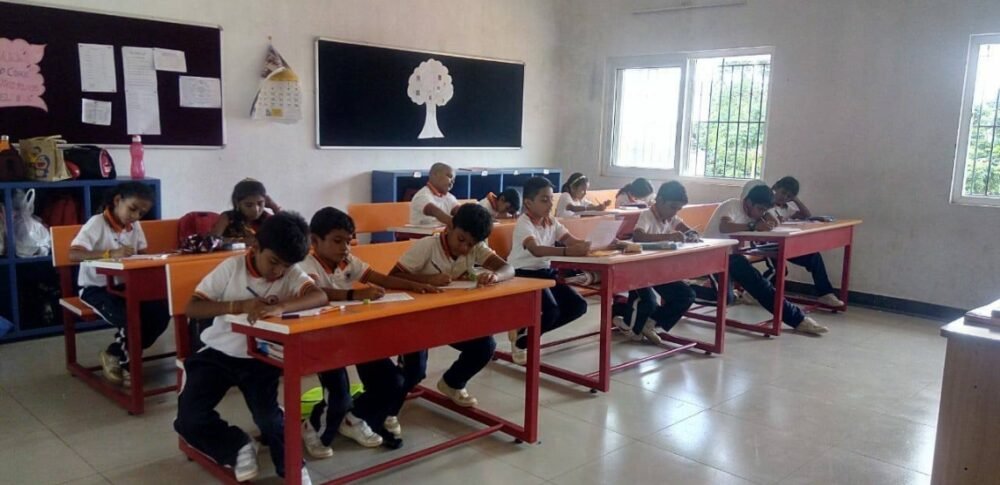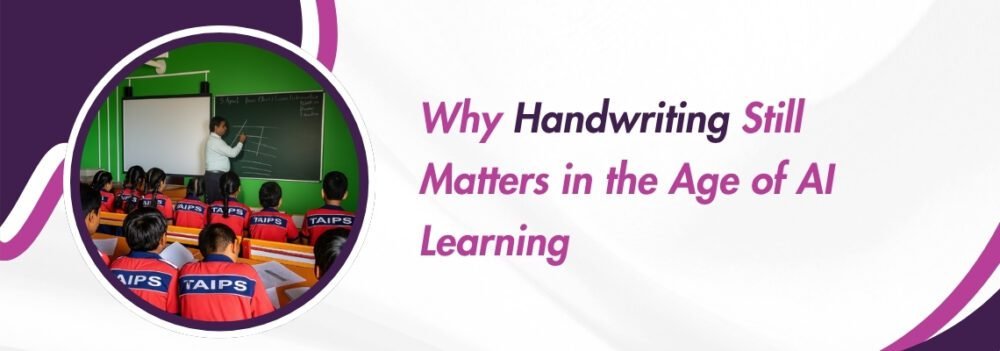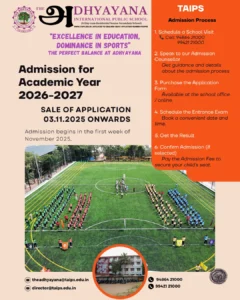In an era where Artificial Intelligence (AI) shapes almost every aspect of education from smart classrooms to adaptive learning apps; it’s easy to assume that traditional handwriting has lost its place. Yet, for Indian parents and teachers, handwriting still matters more than ever. Beyond neat notes and elegant cursive, the act of handwriting continues to shape young minds in unique ways that digital devices cannot replicate. Writing by hand is not just about penmanship; it’s about thinking, processing, and connecting in deeper, more meaningful ways.
The Science behind Handwriting and Learning
Research has consistently shown that handwriting stimulates parts of the brain linked to memory, creativity, and motor control. When students write by hand, they engage multiple senses at once the feel of the paper, the motion of the pen, and the visual recognition of letters. This sensory connection helps strengthen memory retention and cognitive pathways far better than typing on a screen. Studies reveal that students who handwrite their notes remember concepts longer and perform better during exams compared to those who type them. Writing slows the process, encouraging deeper thought, better comprehension, and improved focus a skill vital in an attention-fragmented digital world.
Emotional and Developmental Value of Writing by Hand
For young learners, handwriting lays the foundation for literacy. It teaches patience, builds fine motor skills, and strengthens brain-hand coordination. Psychologists also find that handwriting has emotional benefits it reduces stress, encourages mindfulness, and gives students a sense of personal expression that typing struggles to match. Each person’s handwriting is unique, a reflection of their individuality and emotional state something no AI algorithm can truly mimic. That’s why even in advanced AI learning systems, educators still encourage journaling, creative writing, or taking notes by hand to cultivate both emotional intelligence and self-expression.
Handwriting Complements, Not Competes With, AI Learning
Contrary to the belief that AI makes handwriting irrelevant, the truth is that both can coexist harmoniously. Tools powered by AI are now being used to analyse handwriting patterns, diagnose learning difficulties, and even improve students’ writing techniques. While technology enhances access to information, handwriting strengthens understanding and reflection. A balanced education system embraces both digital literacy for efficiency and handwriting for depth. This combination prepares students for a future where creativity, comprehension, and human touch will matter just as much as technological fluency.
Handwriting in Indian Classrooms: A Skill worth Preserving

In India, examinations, creative writing tasks, and assessments still largely depend on handwritten responses. Teachers often note that students with neat and fluent writing convey their ideas more effectively and confidently. For parents, encouraging handwriting practice at home through diaries, letters, or art can improve not just communication skills but also discipline and focus. As AI-driven education gains momentum, Indian educators must ensure that digital learning never completely replaces the pen-and-paper foundation that has sustained cognitive and emotional growth for generations.
At The Adhyayana International Public School (TAIPS), a leading CBSE school in Coimbatore, we integrate the best of technology and tradition. While AI learning makes lessons engaging and futuristic, we continue to nurture the timeless skill of handwriting to ensure our students think critically, feel deeply, and communicate effectively. To learn how TAIPS balances innovation with human connection, visit our CBSE School today.




